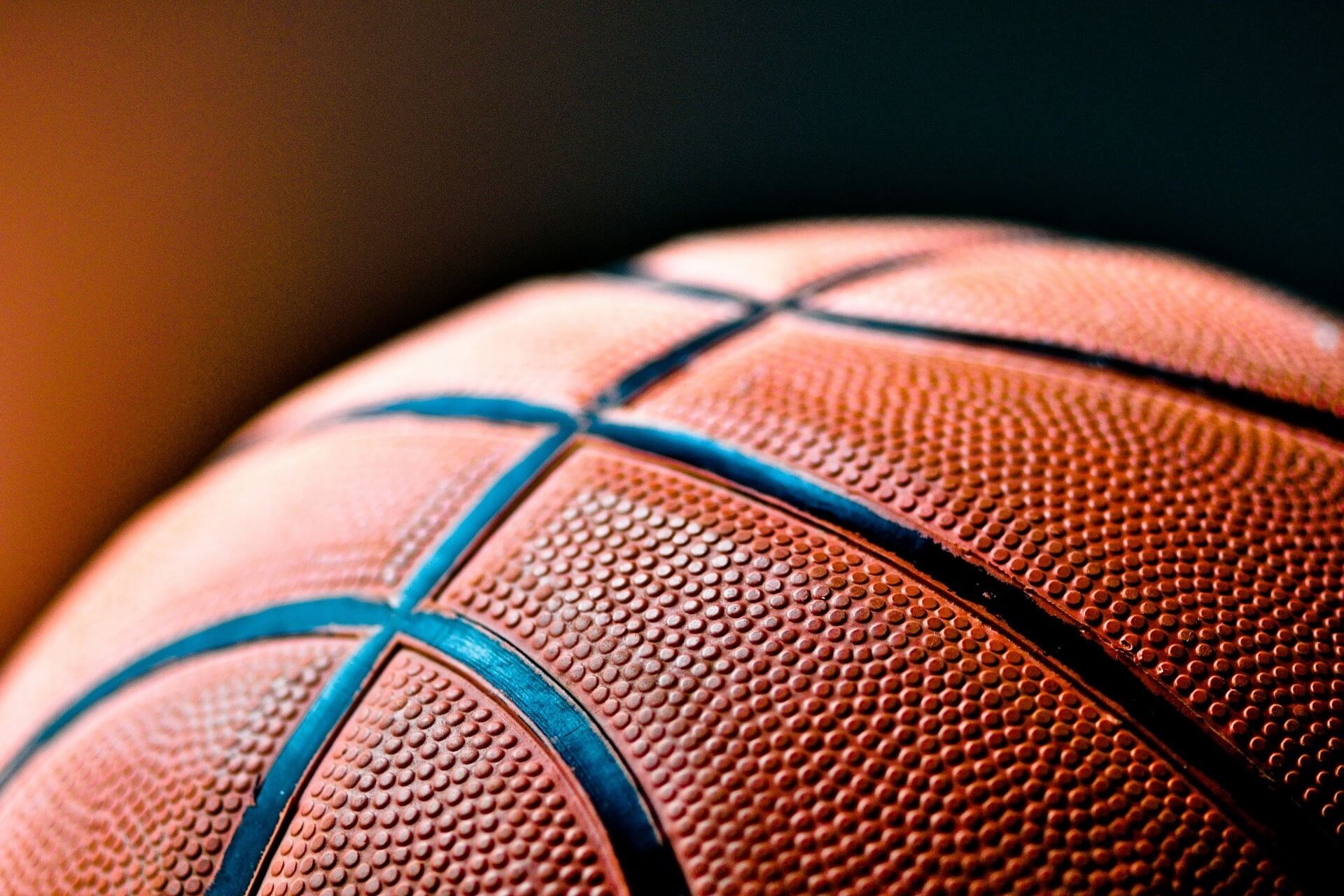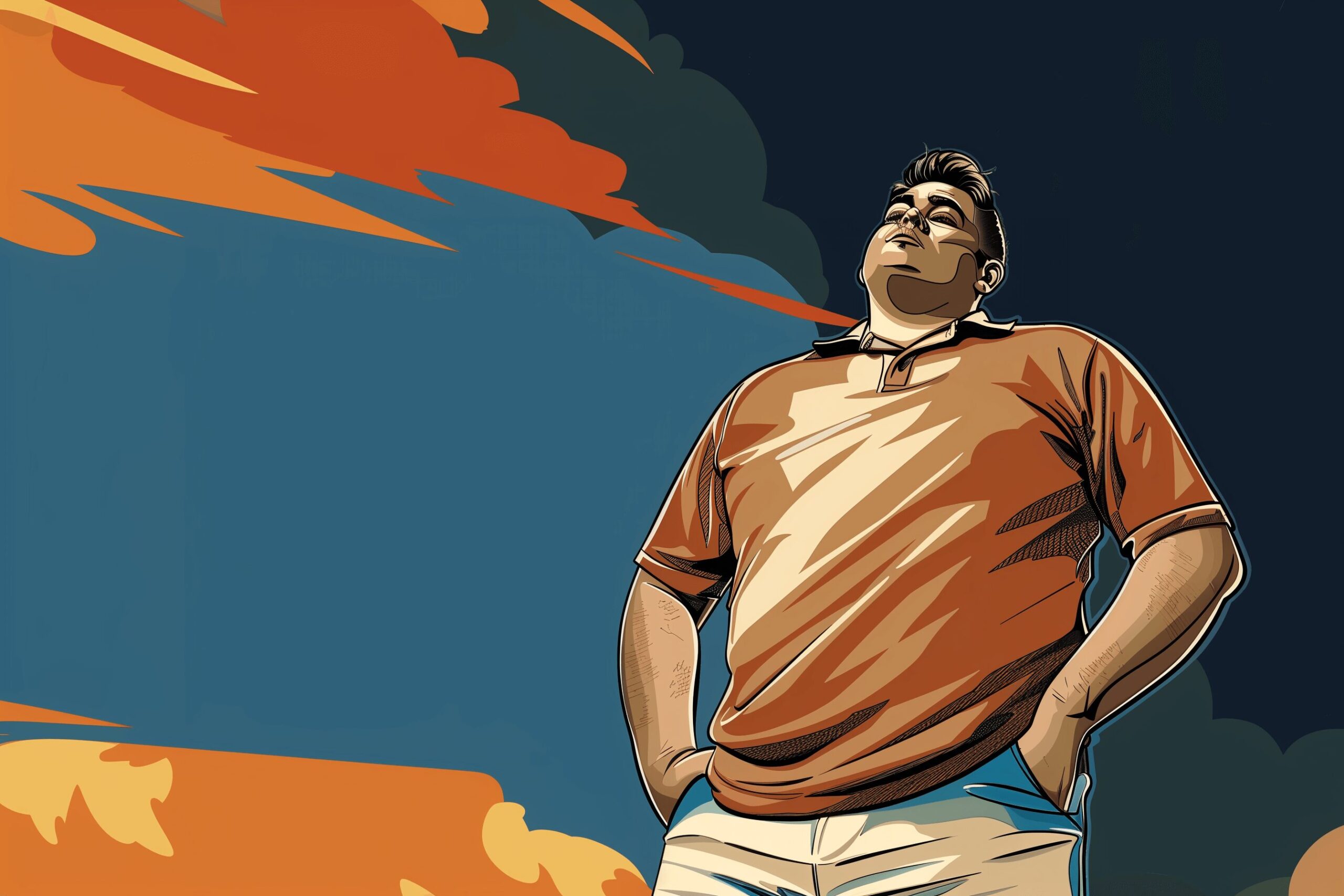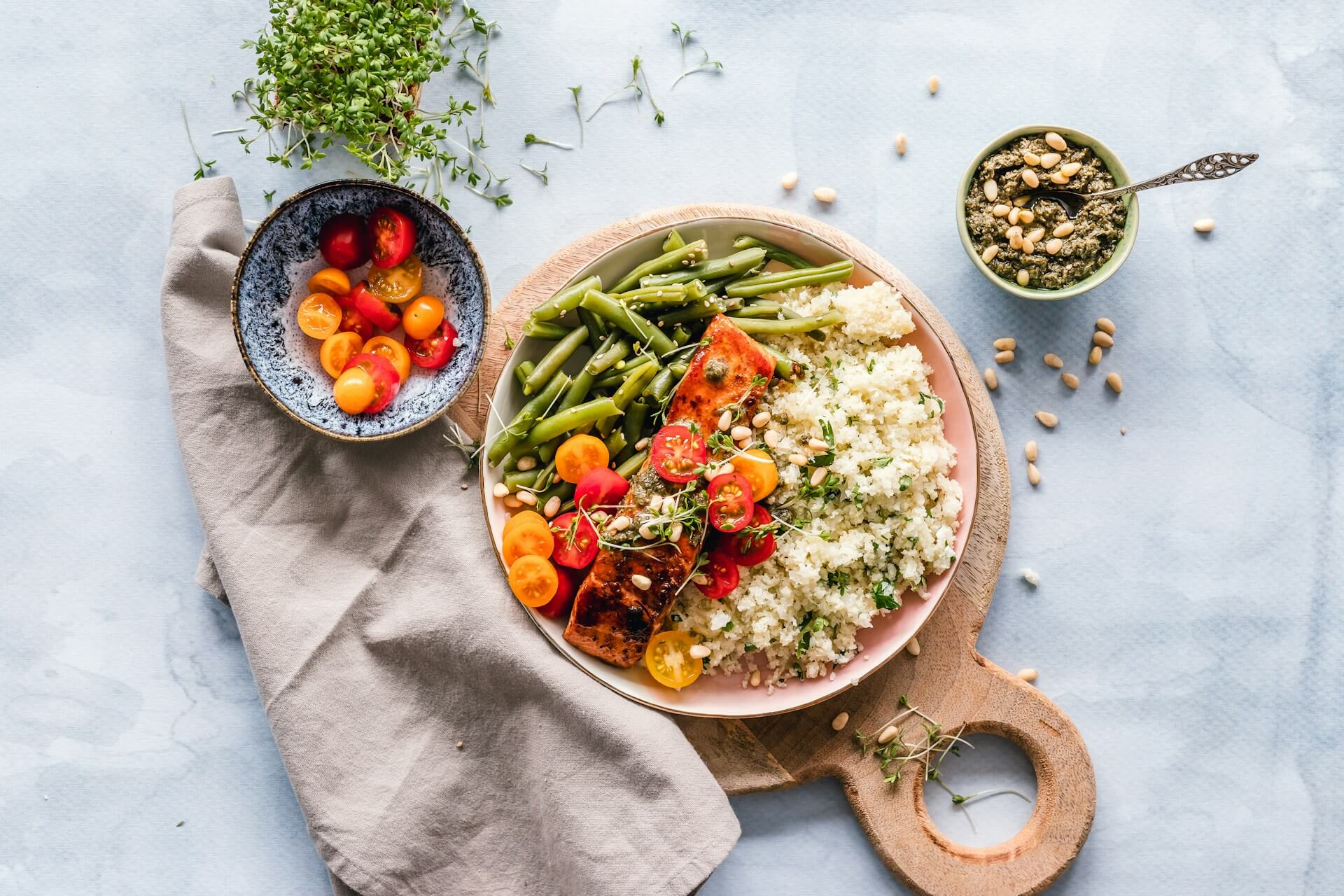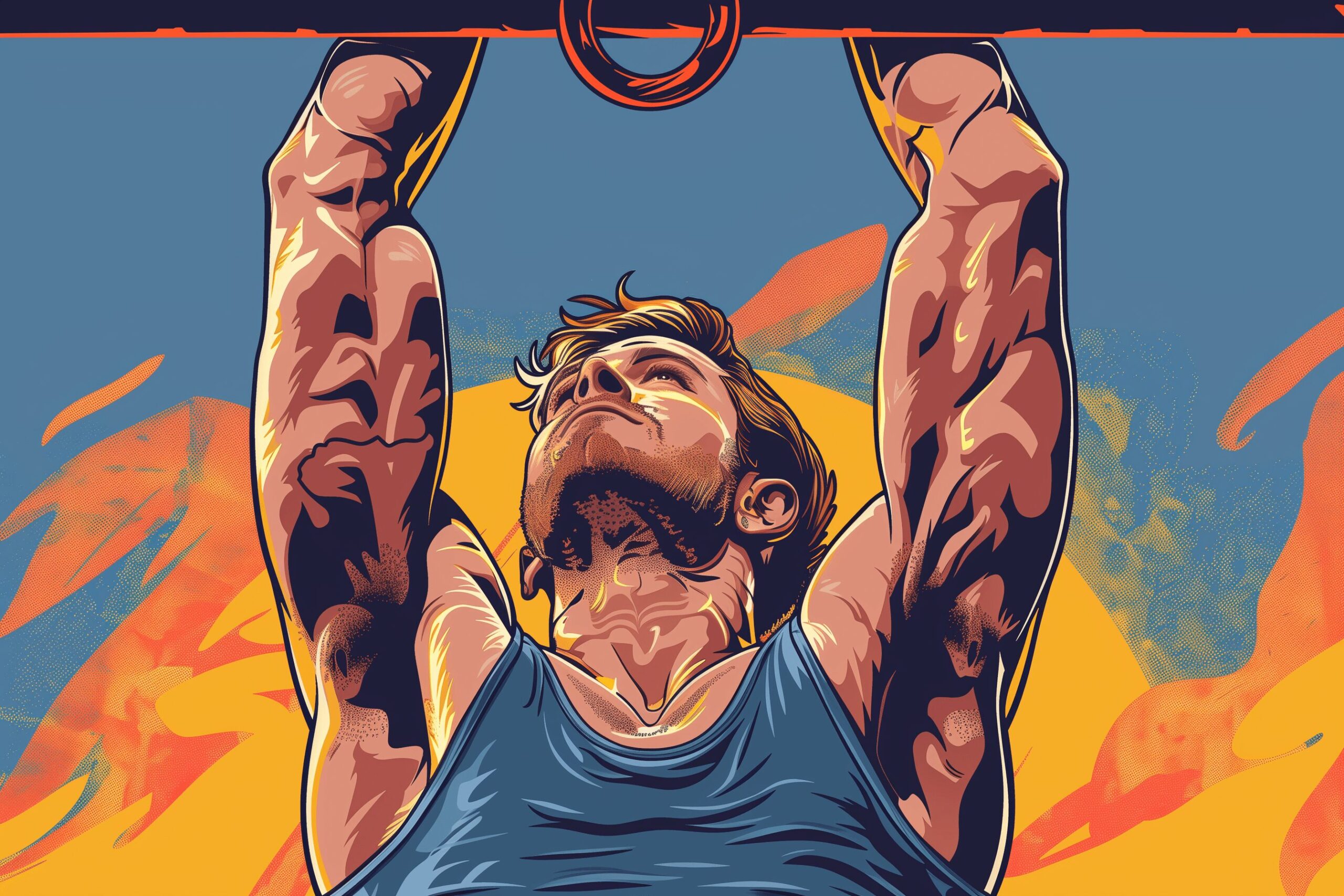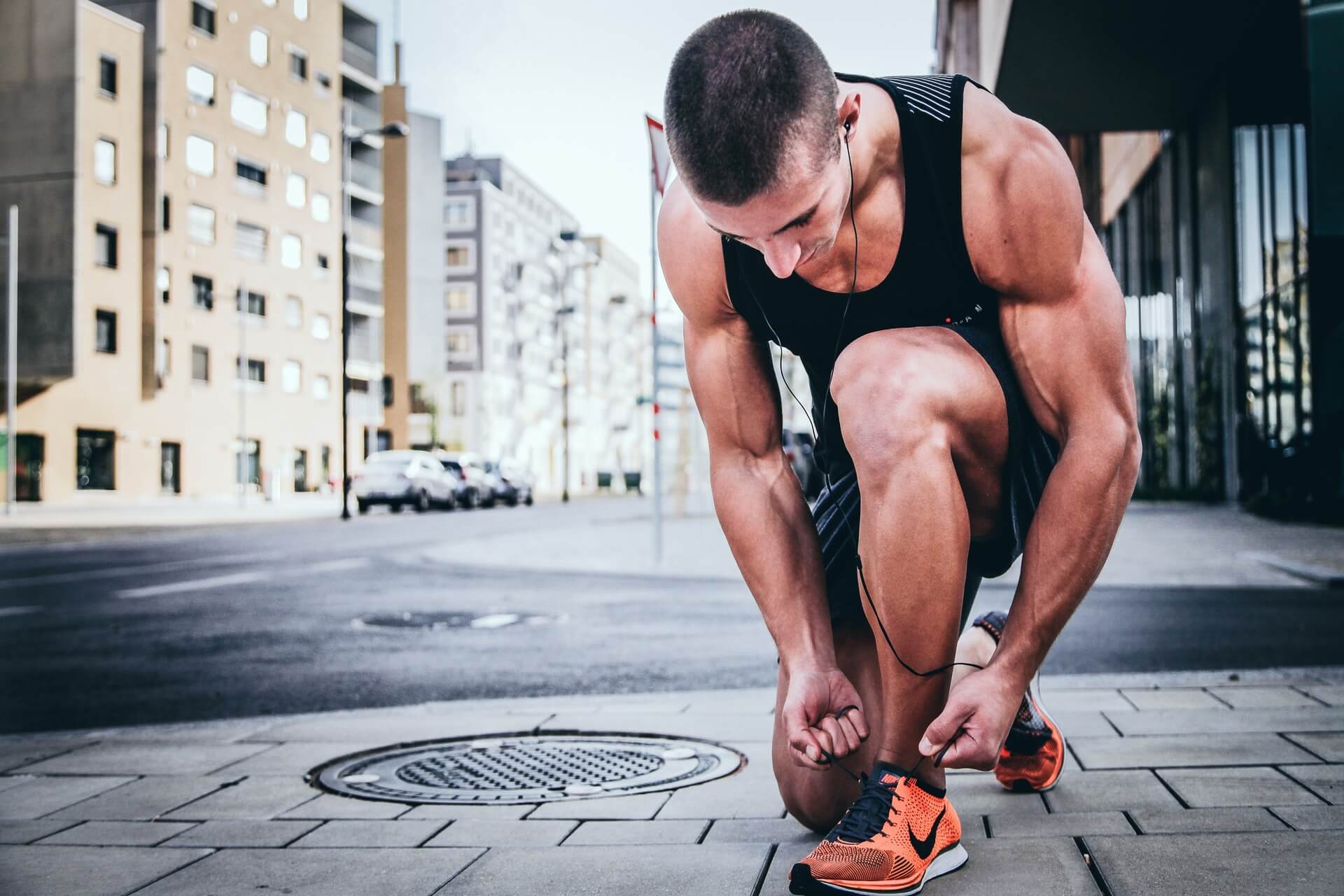7 Tips to Grow Your Forearms
Dec 30, 2021

As an Amazon Associate, Modded gets commissions for purchases made through links in this post.
Many weightlifters struggle to build smaller muscle groups like the forearms and calves, including professional powerlifters and bodybuilders. Even if they are eating the right foods to gain muscle, they run into a few issues:
- They struggle to develop a mind-muscle connection with the muscle.
- They don’t use the proper form.
- They don’t do the right exercises.
- They don’t push themselves.
The following tips will address all these issues and help you grow your forearms.
1. Experiment With Pullups
The pullup is a fantastic bodyweight exercise because you can do it from just about anywhere, and you can target your back, biceps and forearms. Try different variations until you find the one that activates your forearms the most.
A narrow underhand grip – otherwise known as the chin-up – generally targets the biceps and forearms more than other variations. However, everyone’s body is different, and your muscles may respond better to another pullup. That’s why it’s important to experiment until you find the right fit.
If you perform the exercise correctly, you should feel the burn in your inner arms. That tells you all your wrist flexor muscles, also called flexor carpi radialis, are working. They make up a significant portion of your forearm’s total mass.
The forearms tend to fatigue before the back and biceps during pullups and chin-ups, so make sure to do those exercises at the beginning of your workout so you can perform quality reps and get the mind-muscle connection you want.
2. Dumbbell Hammer Curls
Hammer curls primarily target the biceps, but they also hit the brachioradialis: that chunk of muscle on your outer forearm that connects to your biceps. This muscle, along with the wrist flexors, makes up almost the entire mass of your lower arm, so it should be a top priority if you want to build your forearms.
Overhand curls are another similar exercise you can do, but hammer curls allow you to isolate the brachioradialis more.
3. Don’t Use Chalk or Lifting Straps
If you want to build your forearms, stop using chalk and lifting straps right now. Those tools provide grip support to help you get stronger on other exercises, but if you want to grow your forearms, you have to stop relying on assisted grip tools.
Take all accessories out of the equation and rely solely on your grip strength. You will probably have to use lighter weights for a while, but you should also see your forearms begin to catch up.
This tip is especially relevant for those still in the beginner/novice stages of weight training. You want to build a solid foundation for all your muscle groups, even your forearms. Cutting out chalk and straps might cause some short-term delays to your gains, but it will make you better in the long run.
4. Use the Right Grip
Forearms are secondary muscles in just about every exercise, so you can overwork them quickly and potentially injure yourself if you don’t use the proper form and technique.
For pulling exercises like rows or pullups, it’s best to use a thumbless grip. This allows you to bring the bar closer to your body — and vice versa — and increases your forearms’ endurance during the lift. Use a standard grip for pushing exercises like a bench press and keep your thumb wrapped around the bar.
The bar sits in your hands differently during pull-and-push exercises, so it’s important to use the right grip for each. However, both styles share something in common: They only work as intended if you apply enough force to the bar.
5. Squeeze the Bar
One minor detail many people neglect while weightlifting is how much they squeeze the bar with their hands. Often their grip is weak and passive, which leads to a suboptimal lift. Any time you grab the bar, you should try to break it with your hands.
Squeezing the bar contributes to several key steps in the muscle-building process:
- It tenses the rest of your lower arm, which makes for a safer, more stable lift.
- Tension causes more blood flow to the muscles.
- Blood flow leads to “the pump,” resulting in muscle tissue breakdown.
The keyword is “tension.” The more time your muscles spend under tension, the more fibers break down. This results in more growth opportunities. Squeeze that bar with all your might and get the blood flowing.
6. Consider Isolation Exercises
The first five tips should be more than enough to stimulate and grow your forearms, but if you still have trouble developing that mind-muscle connection, here are some isolation exercises to try:
- Barbell wrist curls
- Overhand wrist curls (dumbbell or barbell)
- Dumbbell wrist rotations
- One-arm underhand cable pushdowns
Do one of these exercises at the end of your workout after your forearms already have a pump. Use a light weight with slow and controlled form, all the while squeezing your forearm muscles, and your mind-muscle connection should slowly improve.
7. Push Yourself
Smaller muscle groups like the forearms require less stress to trigger a painful reaction during weight training. Many people take this pain as a sign they should stop the exercise, but they’re wrong.
Forearm pain is a normal part of weightlifting, especially during compound exercises like the barbell row and bench press. Squeezing and using the right grip will slightly relieve the pain, but when it becomes almost unbearable, you have to push yourself through it.
You can only build muscle if you work to failure. If you want your forearms to grow, keep lifting until you can do no more.
